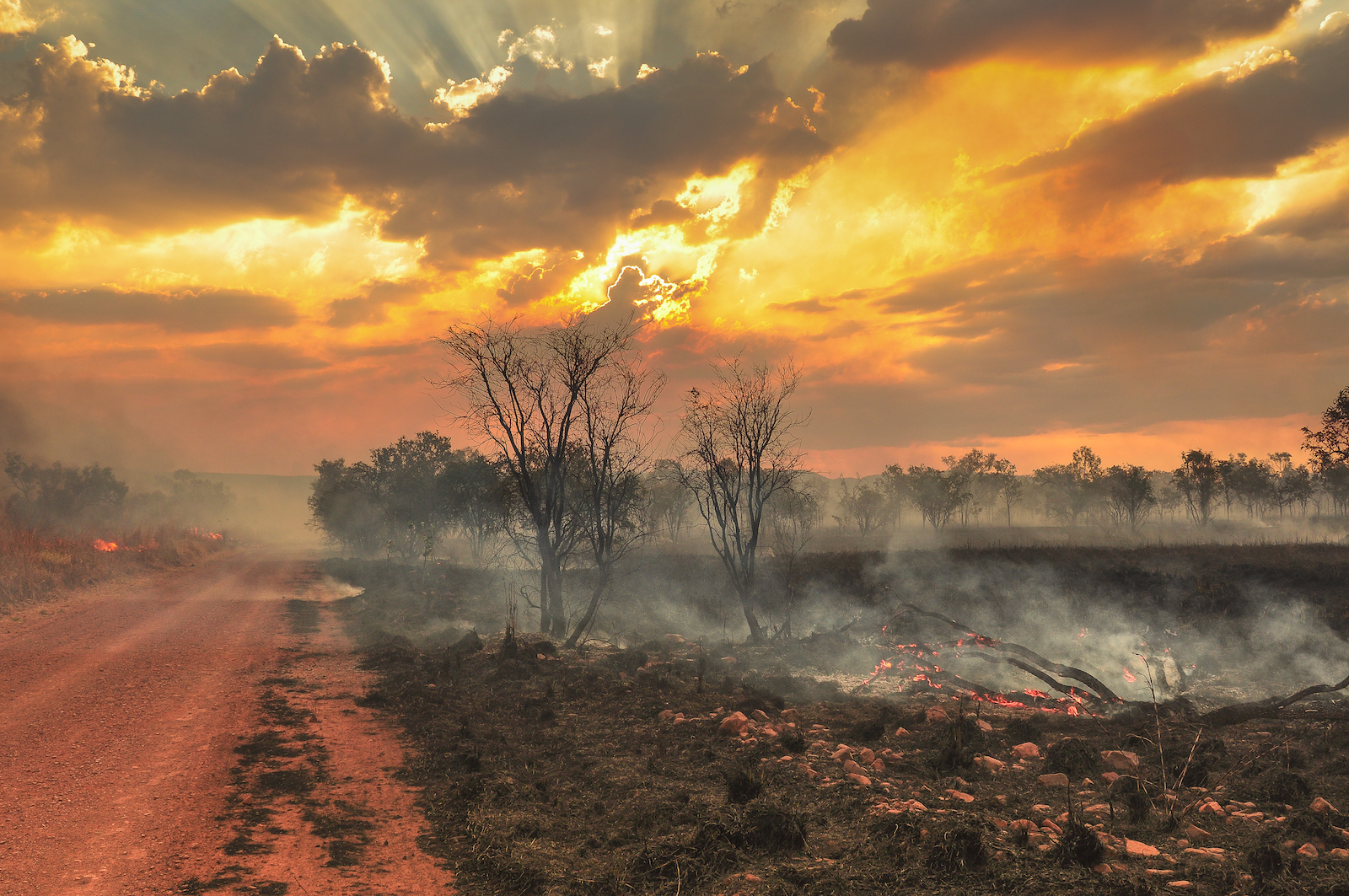In Australia, more than 100 animal species have gone extinct or been placed on endangered lists, ecosystems are plagued by invasive species, temperatures and sea levels rise, marine heatwaves have caused coral bleaching, while devastating floods and wildfires have ravaged the country. That’s all according to Australia’s long-awaited State of the Environment report, which describes the environment as “poor and deteriorating.”
“Our waters are struggling – and so is the land,” Australia’s Minister for the Environment and Water Tanya Plibersek said in an address announcing the report. “If we continue on the trajectory we are on, the precious places, landscapes, animals and plants that we think of when we think of home, may not be here for our kids and grandkids.” Plibersek called it a “shocking” call to action.
Indigenous Australians are especially impacted by these compounding crises, facing loss of culture, health risks, and other issues. However, for the first time, the State of the Environment has an Indigenous lead author, Dr. Terri Janke, a Wuthathi/Meriam lawyer. Along with the recent Intergovernmental Panel on Climate Change report, the Australian report is part of a growing trend of climate reports acknowledging Indigenous peoples and knowledge.
“Including an Indigenous voice has required us to change the previous approach of reporting on the environment separately from people,” the lead authors wrote in a separate article. “Instead, we’ve emphasised how Country is connected to people’s well-being, and the interconnectedness of environment and culture.”
The State of the Environment report devotes an entire chapter on the role that Indigenous people play in environmental conservation, as well as ongoing challenges to those efforts. Authors highlight the deep relationship between Indigenous people and Country, a term that includes all living things, the environment, as well as the associated knowledge, culture, and responsibility. “The poor overall state of Country and connection to Country has a negative effect on Indigenous people’s wellbeing,” the report reads. “In turn, our environment is poorer because of the lack of Indigenous leadership, knowledge and management.”
Authors found that Indigenous people were more likely to be impacted by extreme events like floods and fires, resource extraction, and other industrial development. It also found that Indigenous stewardship, including traditional fire management, is leading to positive environmental results. However, the report found that while the value of Indigenous Traditional Ecological Knowledge and land stewardship has been widely recognized, Indigenous people have still not been given sufficient freedom and resources to apply their knowledge.
The report recommends a rights-based approach for self-determination, increased application of existing laws and regulations, as well as new actions to codify Indigenous land stewardship. As well, the Australian government will double the number of Indigenous rangers by 2030, increase funding for Indigenous Protected Areas, and provide $40 million for water projects.
“First Nations Australians have managed this country for 65,000 years. And they did it through changing seasons, shifting climates, and across radically different environments,” Plibersek said in her address. “These systems of environmental knowledge have been passed down for thousands of generations. Any modern conservation program should incorporate them.”
The report was completed and submitted to the Liberal-National Coalition government in 2021, but officials delayed its release until after the May election. The new Labor government made the document public.




